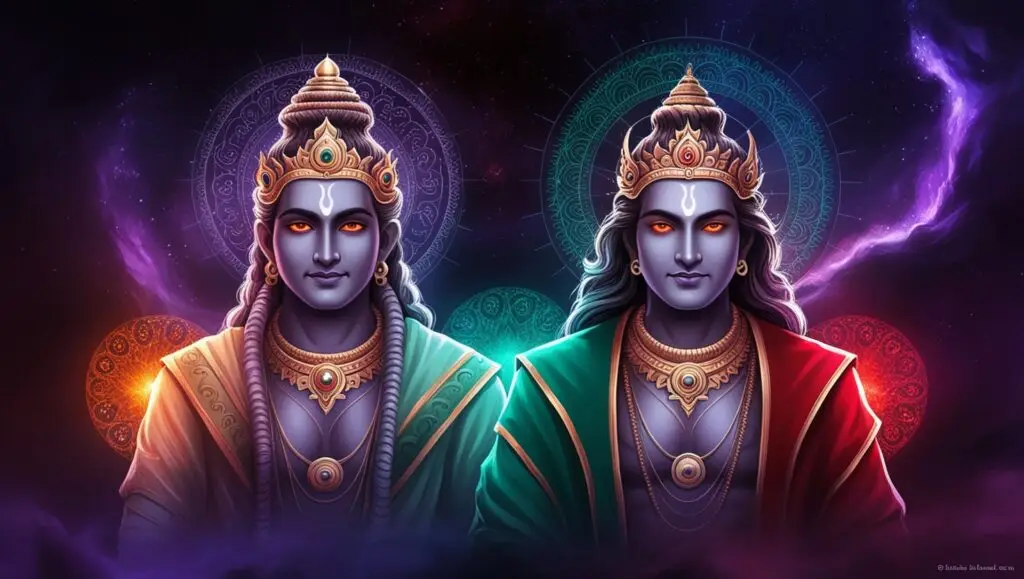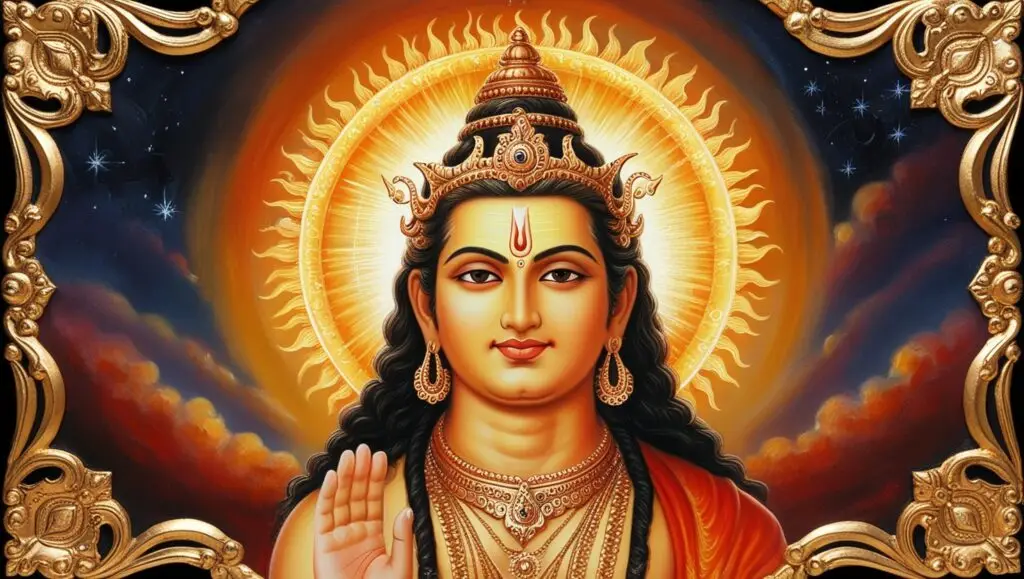Earlier, sages did not place Rahu and Ketu in the horoscope. Sage Parashara did not give them a place in Ashtaka Varga. However, in this century, Rahu and Ketu have gained significant importance. Kalsarpa Yoga and Pitru Dosha are believed to be caused by Rahu and Ketu.
Non-marriage, the break-up of arranged marriages, love marriages, or marriages with non-religious persons, marital break-ups, sudden job losses, progeny issues, infertility, and misguided educational paths are all believed to be caused by Rahu and Ketu. The effects depend on their position in the horoscope.
On the other hand, Rahu can bring sudden benefits, high positions, and sudden wealth in the share market. Rahu in the 10th house can lead to a high position in a job, and Rahu often gives favorable results after the age of 42-45 years. However, this same Rahu can also cause Bandhan Yoga in the 12th house, leading to foreign travel.
So, what exactly are Rahu and Ketu?
Understanding the spiritual influence of Rahu and Ketu…
Rahu and Ketu are often feared celestial bodies, known as shadow planets and the North and South Nodes of the Moon. Rahu represents the head, while Ketu symbolizes the serpent’s tail. They have a significant impact on one’s fate, representing karma and past events. Rahu and Ketu play a crucial role in shaping our life journey. Their position in the astrological chart can either disrupt or elevate one’s path, with a strong position often associated with high success.
Rahu and Ketu carry many symbolic meanings, including desire, detachment, material pursuits, and spiritual inclinations. Acting as catalysts for change, these planets induce transformative experiences, urging individuals to align their life forces.
Rahu, connected to the North Node, symbolizes worldly desires, success, approval, and authority. It prompts the pursuit of deeds, fame, and wealth, fulfilling material and sensual desires. However, Rahu’s influence can also lead to illusions, confusion, and delusional behavior, diverting individuals from their true life purpose.
Conversely, Ketu, associated with the South Node, represents spiritual inclinations, detachment, and liberation. It urges individuals to seek truth, wisdom, inner peace, and detachment from material attachments. However, Ketu’s influence can lead to disinterest, dissatisfaction, and detachment from responsibilities and relationships, often causing a disconnect from physical, emotional, and mental needs.
Finally, Rahu and Ketu play an important role in spiritual enlightenment by guiding individuals through the cycle of birth and death to Moksha (liberation). The interplay between these celestial forces introduces challenges and teachings along the spiritual journey. Rahu’s emphasis on desire can lead to attachment and unhappiness, while Ketu’s tendency toward detachment can lead to feelings of alienation from the material world.
Balancing these forces is key to achieving harmony and spiritual awakening.


